People counting sensors are used to count people and automate the process of collecting and analyzing that data. It sounds simple, but once you put it in a real-life scenario, you realize the many oddities to consider to ensure the most accurate data is collected.
For example, your employees continuously walk under the device beefing up the numbers, now instead of the data showing 15 customers it looks like 30 people entered your store! Or what if you want to count at your rec center’s outdoor swimming pool where the hardware is to be mounted 30 feet in the air? Or maybe you want to quantify interactions inside your building rather than count how many people came through the front door.
Let’s take a closer look at 5 unexpected sensor features and how each overcomes obstacles.
Employee Exclusion
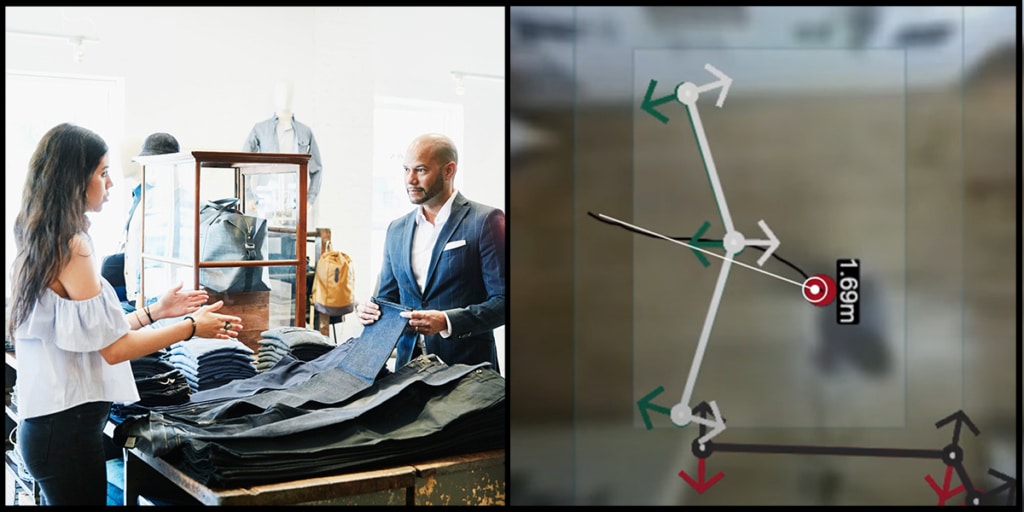
A common obstacle to overcome for retailers is to omit employees from customer counts. Technology advancements have made this possible using employee exclusion tags.
For a pure customer count, employees wear a special tag or lanyard. The sensor detects the tag and excludes the employee tracks from the dataset.
This allows employees the freedom to stand at the entrance to greet customers, stock shelves, receive orders, or any other activities surrounding the entrance without inflating the customer count.
Outdoor Counting
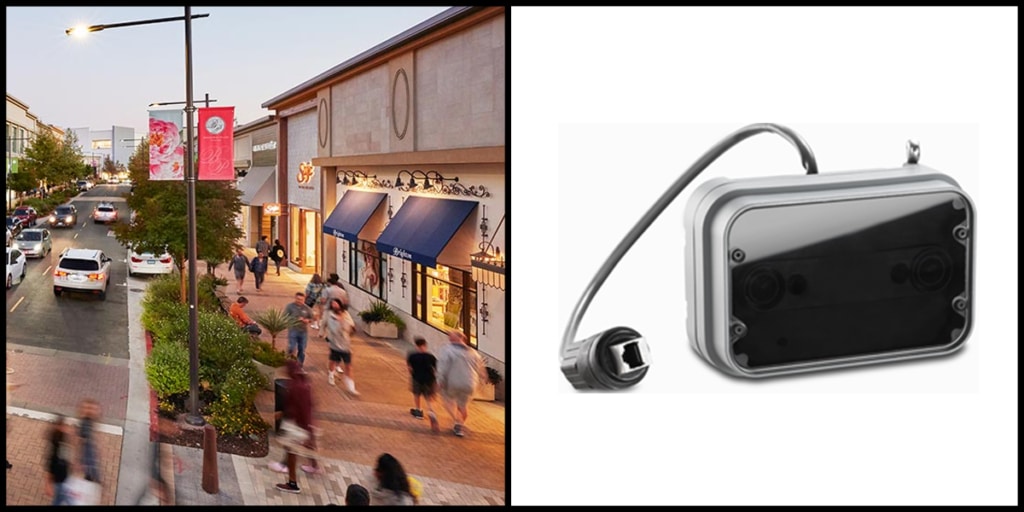
Did you know you can collect foot traffic data outside? Outdoor people counters make it possible with weatherproof enclosures.
Outdoor-rated devices collect data in the same way and with the same accuracy as their indoor counterparts. It’s resistant to all kinds of external influences, such as shadows, light changes and heat emission and includes an outdoor-rated, pre-mounted casing and cabling in compliance with IP 65.
It operates in temperatures within -13 to 104 degrees F with air humidity up to 80%. A single cable run is required for the PoE device, making it ideal for places like amusement parks, shopping centers, water parks, and recreational facilities where network infrastructure is in place, as opposed to remote locations such as deep within a forest or trail.
High Ceilings
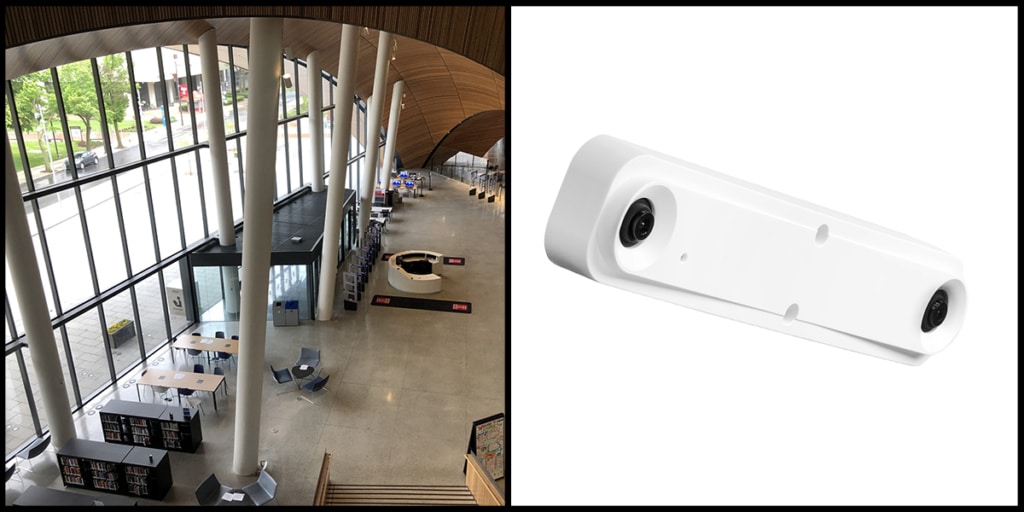
A third unexpected feature is the ability to accurately count people when a sensor is mounted on a 25 foot high ceiling. SenSource offers a variety of high-mount sensor types to accommodate these unique scenarios.
A standard device can be mounted at heights up to 19′, but a high-mount device uses special video lenses to be mounted up to 65′. Common applications include historic buildings, museums, campus buildings, and visitor centers.
High mount sensors are also available in outdoor-rated enclosures, a perfect counting solution for outdoor music venues, theme parks, and fairs.
Queue Monitoring
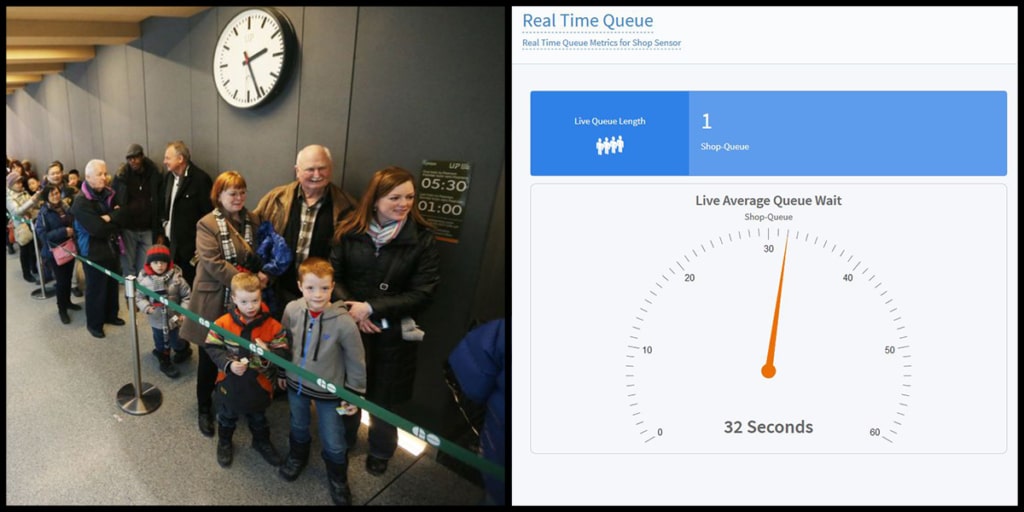
Waiting in a line and forming a queue are common scenes in many industries – from retail to amusement parks. By designating a queue zone on your people counter, you can collect data on how many people are in line and how long they’ve been waiting. Informed and timely decisions can then be made on when to dispatch personnel.
For grocery stores, SenSource offers a more complex version of queue monitoring that takes into account the rate customers are entering the store to predict when queues will form at check-out.
For amusement parks, SenSource offers an estimated ride wait time solution. It pairs sensors at the ride’s queue entrance and at the point where riders board. Calculations are performed in Vea Analytics for throughput and queue length to determine the estimated wait time for someone entering the queue. The estimated wait time can be displayed on a digital screen at the ride’s entrance.
Visitor Journey
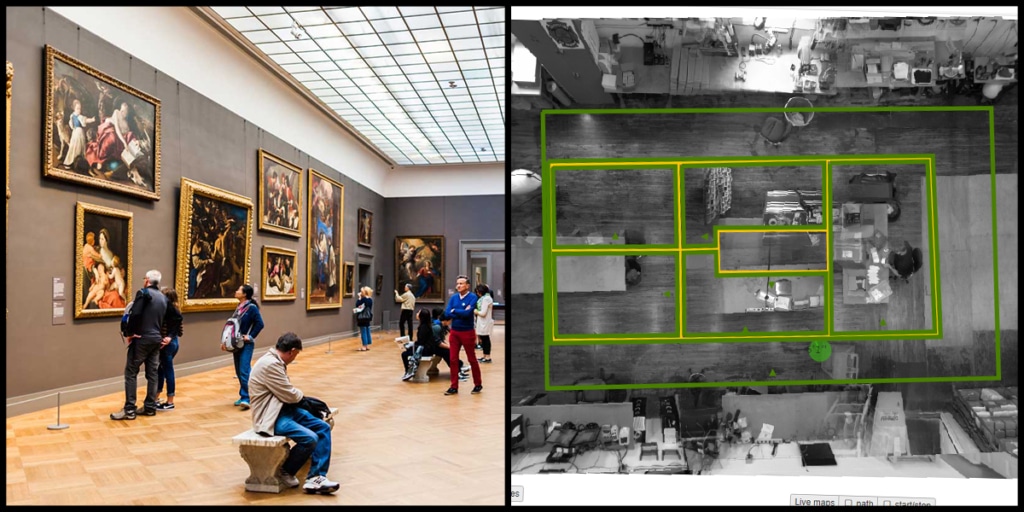
Beyond the threshold – The fifth unexpected counting feature is the ability to track visitor journey.
Museums, department stores, and other large venues need to know the hot spots of their facilities – the most popular exhibits, departments, or areas of the building. To map a large footprint, counting devices are installed on the ceiling above each area of interest. SenSource technical support will calibrate, virtually drawing count lines and zones on its view.
The data output shows how many people entered the area of interest and the average dwell time. For example, on Tuesday of the 800 visitors to the museum, 625 viewed the ancient artifacts exhibit and spent an average of 6 minutes.
Armed with visitor journey data, floorplans can be revised to best highlight the hottest areas while encouraging a traffic flow that avoids bottlenecks. The data is also used to guide operational decisions such as allocating renovation funds, scheduling staff, and placing food and souvenir kiosks.
In conclusion, the world of people counters goes beyond the simple task of tallying numbers; it’s about addressing the intricacies of real-life scenarios. From excluding employees to counting foot traffic outdoors, from soaring ceilings to monitoring queues, and tracking the visitor journey, these unexpected features redefine the capabilities of people counting technology. As businesses strive for accuracy and efficiency in their data collection, SenSource’s innovative solutions prove indispensable.
By embracing these advanced features, establishments can not only refine their operational strategies but also enhance the overall experience for customers and visitors. In a landscape where every detail matters, people counters are proving to be transformative tools, enabling businesses to navigate the complexities of their environments with precision and foresight. To delve deeper into the realm of possibilities, explore SenSource’s diverse range of people counters and unlock a new dimension in data-driven decision-making.
